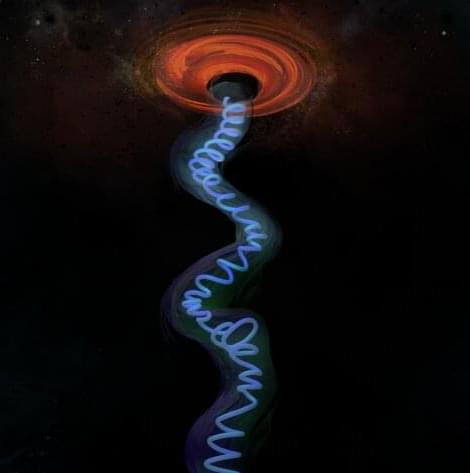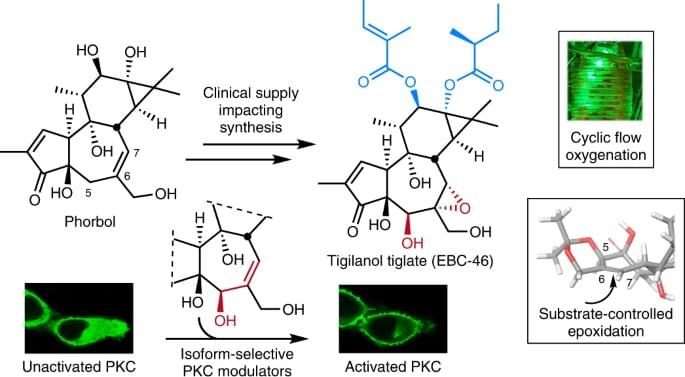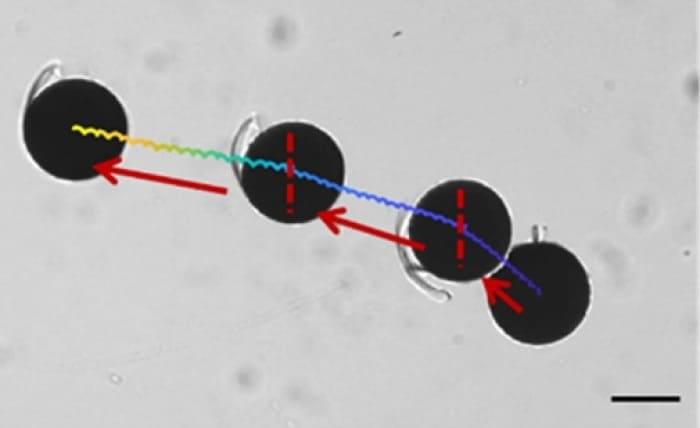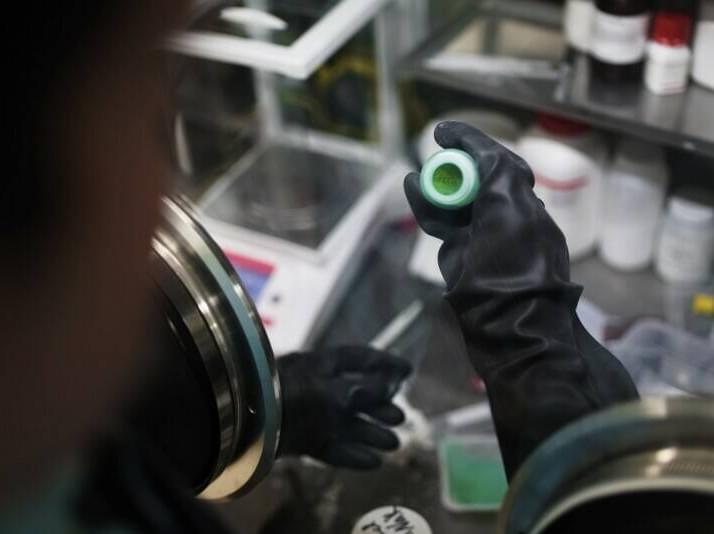A team of 86 scientists from 13 countries recently carried out extensive high-time resolution optical monitoring of a distant active galaxy, BL Lacertae (BL Lac). Mike Joner, BYU research professor of physics and astronomy, was one of the astronomers contributing to the project.
Dr. Joner and BYU undergraduate student Gilvan Apolonio secured over 200 observations of the galaxy using the 0.9-meter reflecting telescope at the BYU West Mountain Observatory. Their measurements were combined with observations made by other scientists around the world in a collaboration known as the Whole Earth Blazar Telescope (WEBT). The WEBT network makes it possible to monitor objects around the clock from different locations during times of high variability.
Using the WEBT observations made in the summer of 2020, astronomers discovered surprisingly rapid oscillations of brightness in the central jet of the galaxy BL Lac. The scientists attribute these cycles of brightness change to twists in the jet’s magnetic field. Their study was recently published in Nature.







